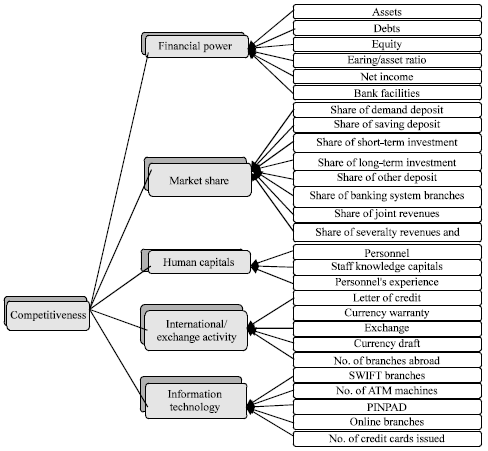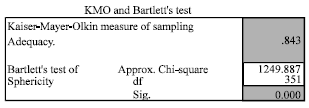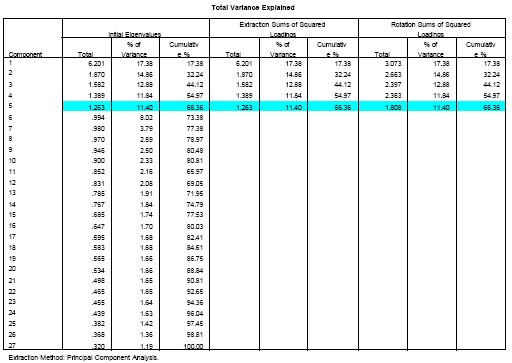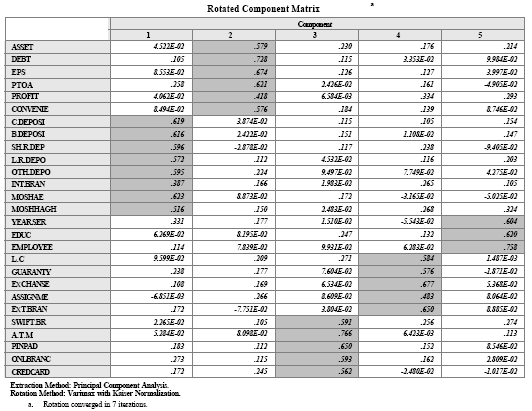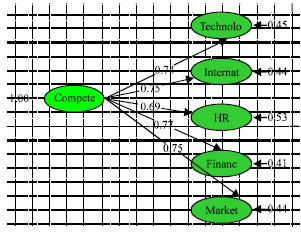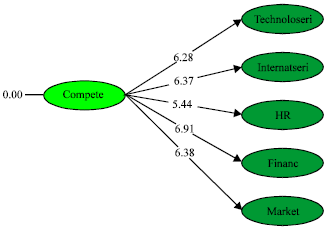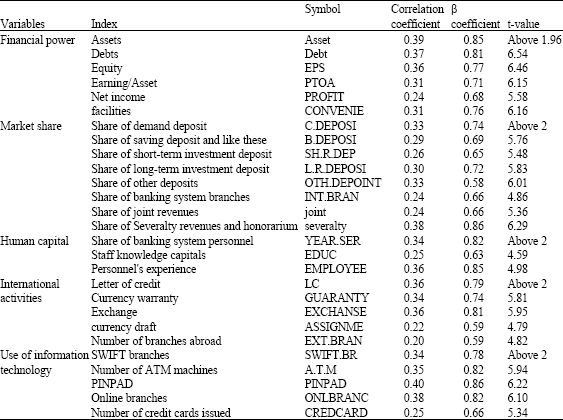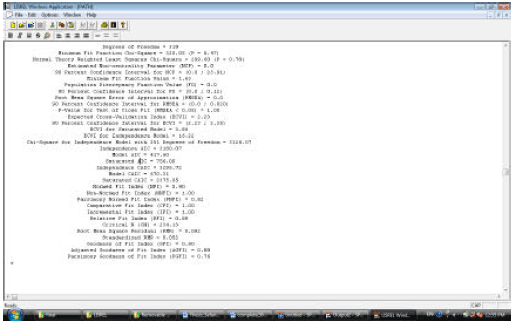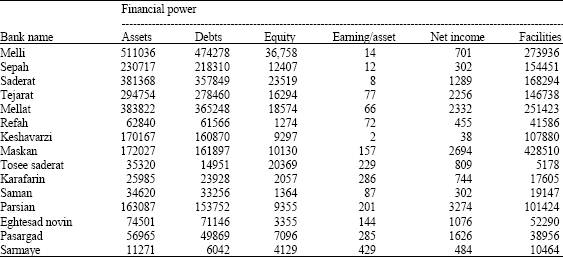Research Article
Providing Competitiveness Assessment Model for State and Private Banks of Iran
Department of Management, Imam Sadiq University, Tehran, Iran
A. Ebrahimi
Department of Management, Tehran University, Tehran, Iran
M.B. Nasrabadi
Department of Management, Imam Sadiq University, Tehran, Iran
H. Safari
Department of Management, Tehran University, Tehran, Iran









